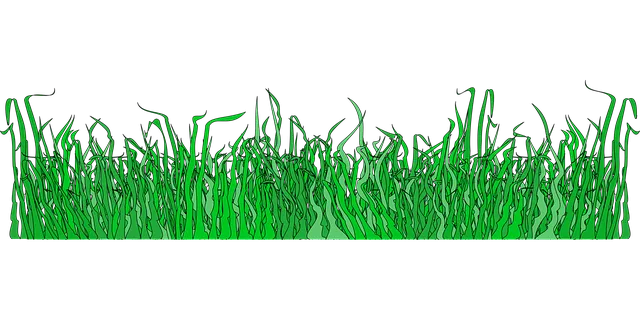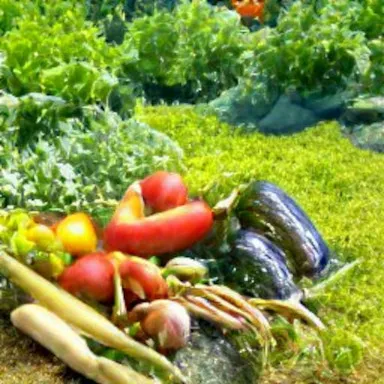
All life depends on soil, which is also partially created by living beings. Despite all of that, we frequently treat the soil as if it were the ground beneath our feet. Because soil has been so inexpensive for so many generations, we've grown accustomed to being reckless. Never once was there an issue with there being enough of it. Good soil is getting harder and harder to locate, thus this is no longer true.
You can no longer assume that your backyard will be littered with rich garden soil. You can be quite certain that not much good soil remained after the developers left whether you live in a residential or industrial neighborhood. It was possibly taken out and sold prior to the start of development, or it was buried during the foundation excavation for the new structures.
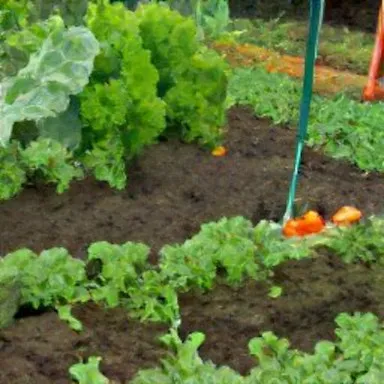
Unless you're a farmer or a professional gardener, it's likely that you just set up your garden in the most convenient location and take advantage of the local soil to the fullest. But even if the situation there is less than ideal, there are many things you may do to make it into a thriving garden. Making the most of what you already have in your own yard will require an understanding of soil and how plants thrive in it.
In connection to the plants that grow there, the soil essentially serves four functions: it must give water, nutrients, gases (carbon dioxide and oxygen), and it must be solid enough to support the plant firmly. An average soil mix that retains moisture and nutrients while allowing extra water to drain out to make room for air is the optimal soil.
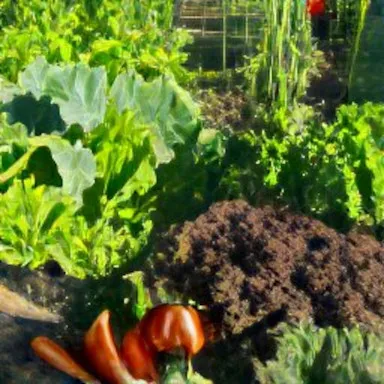
Don't make the error of presuming that the soil in your garden is only one type; a backyard can contain a variety of soil types. Each natural soil contains small pieces of rock, organic material, and microbes. A healthy soil has equal amounts of solids and pores, which allow room for water, air, and plant roots. 80–90% of the solids are made up of inorganic stuff, and 10%–20% of them are organic. The porous area should be split roughly in half between water and air.
If you don't have the good fortune to have a garden full of rich, productive loam, it's likely that you'll want to improve your soil in order to complete your growing season with a larger and better crop of veggies. Both the soil's texture and its nutrient content must be taken into consideration when creating your program for improving the soil. Both can be readily improved.
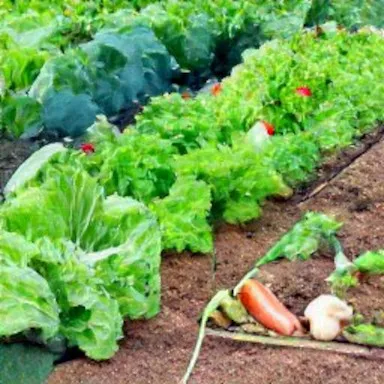
Using your hands to feel the soil in your garden will give you the greatest idea of its approximate texture. Take this quiz: Holding some of the sample between your thumb and the first knuckle of your forefinger, take a tiny handful of moist garden soil.
Use your thumb to gradually squeeze the soil out to create a ribbon. You have a very thick clay soil if you can easily make a ribbon that holds together for more than an inch. Your soil is a silty clay loam if a ribbon forms but only holds together for 3/4 to 1 inch. You have silty soil if the ribbon forms but splits into fragments shorter than three-quarters of an inch.
Photos by me!
